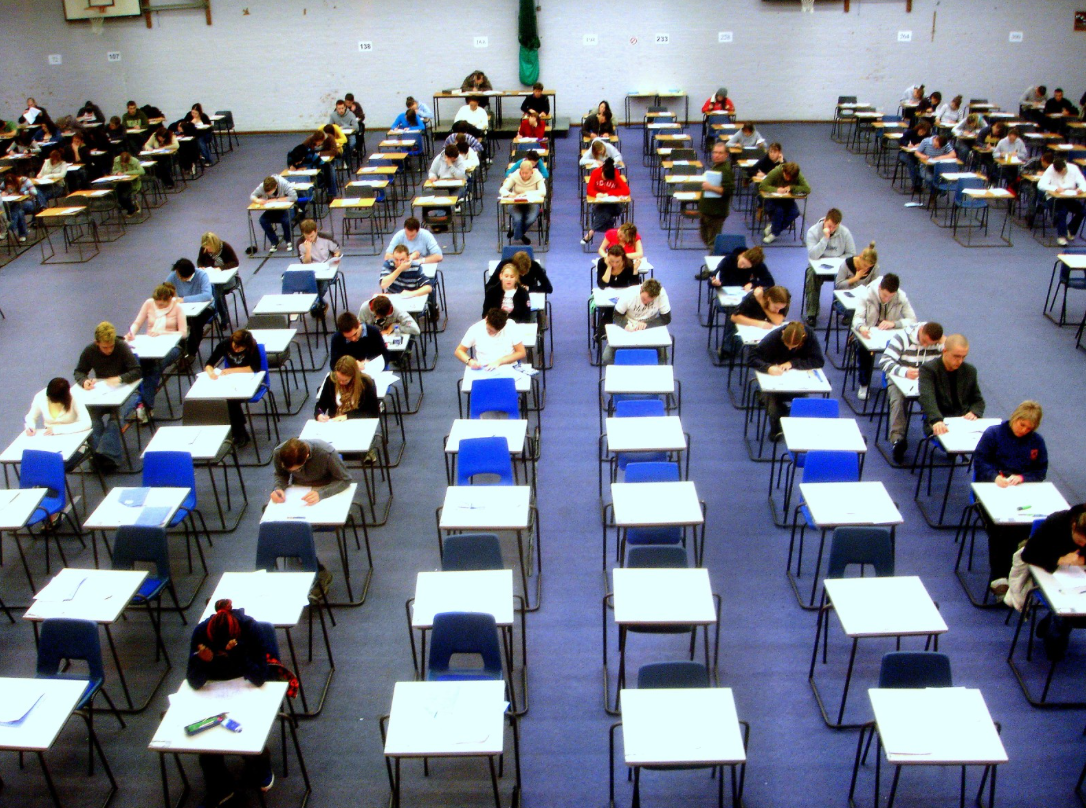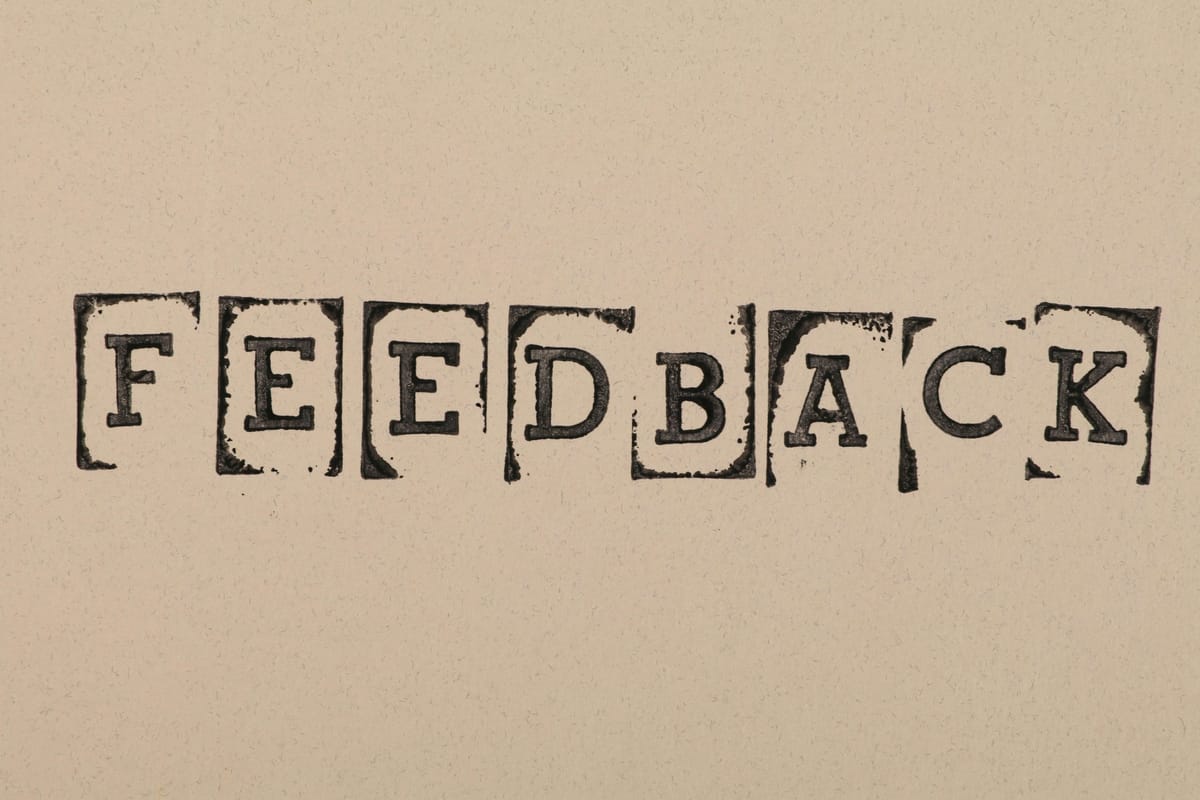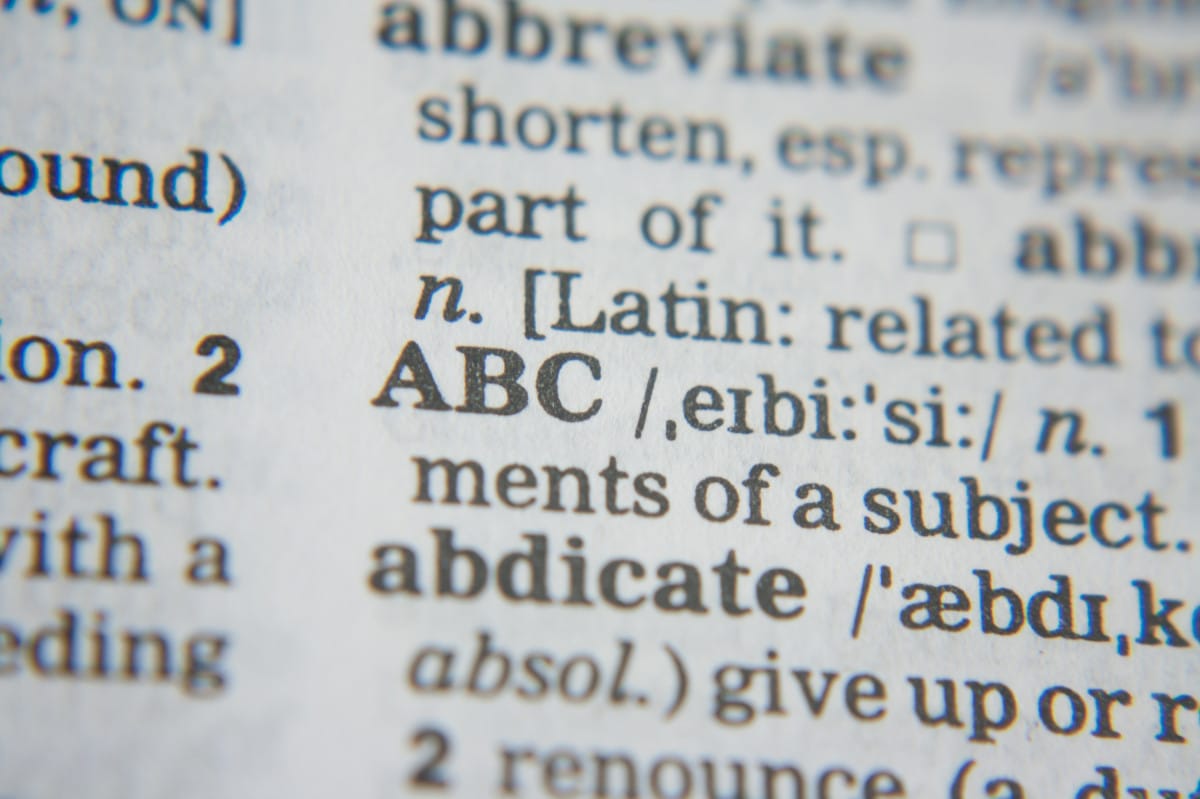
Questions about oracy
Is oracy the next big thing? Are we destined for interminable arguments about it in the coming months or is there a healthy debate to be had about oracy? I have lots of questions. For me, as a former English teacher, it feels like oracy – or speaking and listening – is












